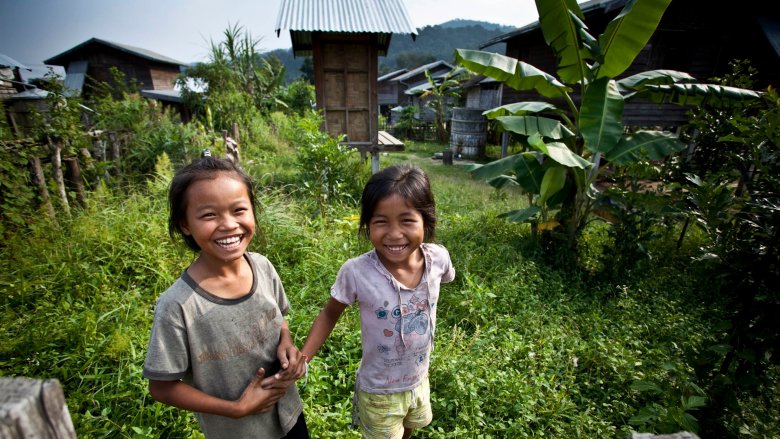- Over the past seven years, the World Bank Group has increased its climate finance from $10.9 billion in FY16 to $31.7 billion in FY22. This makes us the world’s largest provider of climate finance to developing countries.
- Today, more than 90% of World Bank (IBRD and IDA) projects include a climate finance component. At the start of our first five-year Climate Change Action Plan (2015-2020), only 37% did; by 2020, 78% did. The trend of increasing climate finance was the result of efforts to aggressively mainstream climate considerations across investments and operations.
- The Bank Group’s climate finance target of 35% of overall lending is expected to deliver $25 billion annually on average, over 5 years– this while financing projects in a wide range of sectors that typically generate little, if any, climate finance, such as vaccine procurement.
- The current methodology for measuring climate finance, based on the joint Multilateral Development Bank methodology, captures the share of project financing directly tied to climate action only. For example, a project boosting the overall resilience of a road to ensure it can withstand heavy rainfall or storm surges may fully “climate-proof” the road, but only the portion of finance dedicated to the drainage measures counts as climate finance.
- Climate finance of a project is assessed and finalized when it goes for Board Approval. Throughout the project preparation cycle, the World Bank’s climate team works with project teams, sector experts, and other supporting units across to ensure that climate considerations are reflected in project design.
- Our rigorous internal consultation and review process ensures that the methodologies are applied consistently. We publish a list of all projects that have been tagged with climate finance (also called “co-benefits,”) annually. Here’s the most recent one for fiscal year 2021.
- New metrics strive to go beyond measuring climate inputs to measuring the climate impacts and outcomes of our projects. All projects with 20% or more climate finance now have a climate indicator which ensures that the project’s climate impact is tracked through implementation (as part of the projects results framework).

Photo: Meriem Gray/World Bank